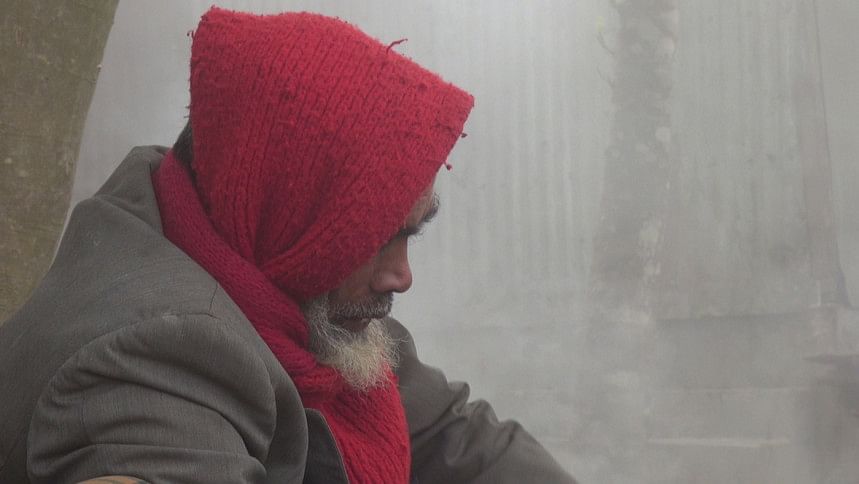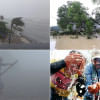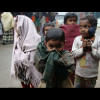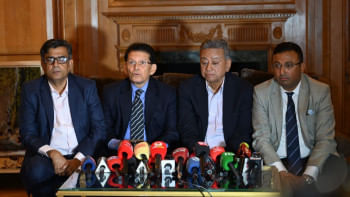People in Lalmonirhat, Kurigram hit hard by cold, fog

The day-to-day life of people in some upazilas of Kurigram and Lalmonirhat has been severely affected by the cold and dense fog.
The sun has not been visible in those areas since Sunday, locals said today.
Poor people of char areas of the Brahmaputra, Dudhkumar, Gangadhar, Teesta, and Dharla rivers have been worst hit by the cold.
Daily activities are disrupted, with day labourers unable to work due to the extreme cold, and lack of winter clothing has added to the misery.
Many are unable to buy winter clothes, and were seen sitting huddled together around straw fires to keep warm.
They told our correspondent that even during the day, vehicles were moving with their headlights on. The severity of the cold has increased due to the absence of sunlight throughout the day.

"Our bodies are freezing due to the cold and fog. Although we are putting on a brave face and have started working in the crop fields, but we were not able to work for long because of the cold," said Nabir Hossain, 65, a farmer of Char Sonaikazi area of the Dharla river basin in Kurigram's Phulbari upazila.
Subal Chandra Sarkar, officer-in-charge of the Agricultural Meteorological Observatory at Rajarhat upazila in Kurigram, said a minimum temperature of 14.8 degrees Celsius was recorded at 9:00am today, with colder nights expected.
The sun has not been visible since Sunday as the fog persists, and cold waves may intensify from December 20, he added.
Meher Ali, a 55-year-old day labourer and a resident of Char Kalmati area of the Teesta river basin in Lalmonirhat Sadar upazila, said, "There are no blankets, so we light straw fires to fight the cold."According to the respective District Relief and Rehabilitation Offices, there is an allocation of 19,270 blankets for cold-hit residents of five upazilas of Lalmonirhat and 45,000 for nine upazilas of Kurigram.
Abdul Hai Sarkar, Kurigram district relief and rehabilitation officer, said the blankets would be distributed through upazila administrations and union parishads, with plans for additional allocation if needed.

 For all latest news, follow The Daily Star's Google News channel.
For all latest news, follow The Daily Star's Google News channel. 






Comments